CD8 + T increase and activation by structured micronutrient, virus free and large size and long life
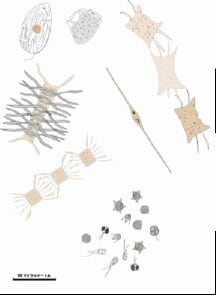
Fig. 1 Phytoplanktons
植物プランクトンは、深層海水中で構造化微量要素を取り込むことで、ウイルスフリー化して10倍に大型化(Fig 1)し、健康長寿命化する。
By incorporating structured micronutrients in deep seawater, phytoplankton become virus-free, 10 times larger (Fig. 1), and have a longer healthy life.
ด้วยการผสมผสานองค์ประกอบการติดตามที่มีโครงสร้างในน้ำทะเลลึกแพลงก์ตอนพืชกลายเป็นปลอดไวรัสขนาดใหญ่ขึ้น 10 เท่า (รูปที่ 1) และมีชีวิตที่แข็งแรงขึ้น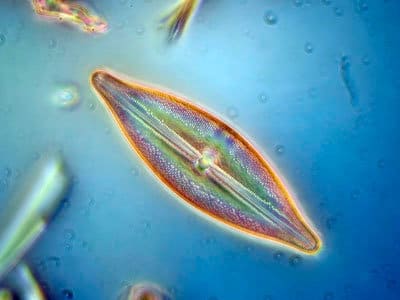
Pleurosigma
Copepod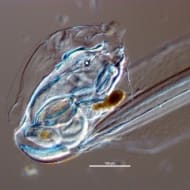
Lavacean
Phytoplankton
海洋生物等(サメ、イカ、鯨等)は、腫瘍(癌)を発病せず、ウイルスフリーによって長寿命・大型化する。
構造化微量要素によって、CD4, CD8が活性化し、癌化、ウイルス感染症の発症を予防している。
Marine organisms (sharks, squid, whales, etc.) do not develop tumors (cancer) and become virus-free and have a long lifespan and large size.
Structured trace micronutrients activate CD4 and CD8 to prevent canceration and viral infection.
สิ่งมีชีวิตในทะเล (ฉลามปลาหมึกปลาวาฬและอื่น ๆ ) ไม่พัฒนาเนื้องอก (มะเร็ง) และปลอดจากไวรัสและมีอายุการใช้งานที่ยาวนานและมีขนาดใหญ่
องค์ประกอบการติดตามแบบมีโครงสร้างเปิดใช้งาน CD4 และ CD8 เพื่อป้องกันการยกเลิกและการติดเชื้อไวรัส
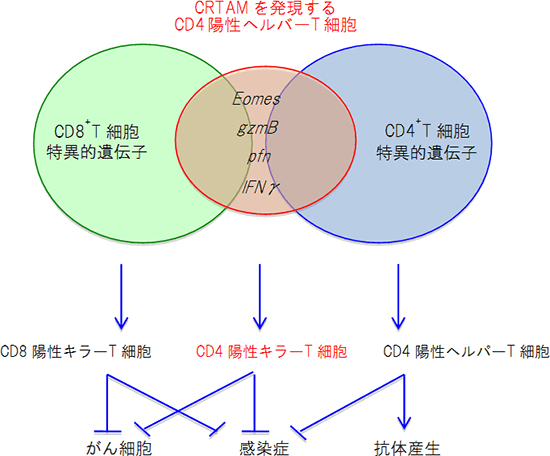
約400歳のサメが見つかる、脊椎動物で最も長寿
北大西洋に生息する“世界一のろい魚”ニシオンデンザメ、サイエンス誌
https://natgeo.nikkeibp.co.jp/atcl/news/16/081000304/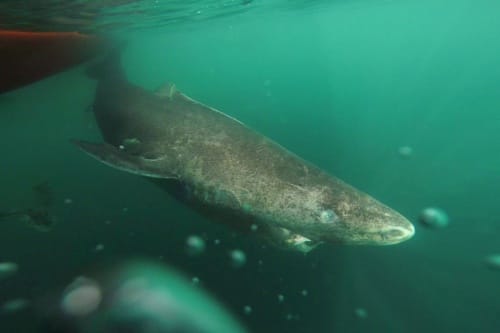
ニシオンデンザメ(Somniosus microcephalus)
北大西洋に生息する大型のサメ、ニシオンデンザメが400年近く生きることがわかり、デンマーク、コペンハーゲン大学の博士研究員であるユリウス・ニールセン氏らが科学誌「サイエンス」に発表した。
ニシオンデンザメ(Somniosus microcephalus)は体長5~6メートルにも成長する一方で、1年に成長するのは約1センチと遅い。そのため長寿であると推測されていたが、軟骨しかもたないサメには石灰化する骨などの組織がないため、従来の方法では簡単に分析できず、その年齢や寿命は謎に包まれていた。
今回、ニールセン氏らはニシオンデンザメ28匹の眼の水晶体を使って放射性炭素年代測定を実施。その結果、平均寿命は少なくとも272歳と見積もられ、なかでも体長4.93メートルと5.02メートルの大きな2匹はそれぞれ335歳、392歳と推定された。これまでに脊椎動物では最も長寿とされたホッキョククジラの211歳を上回り、無脊椎動物を含めてもアイスランドガイの507歳に次ぐ記録だ。
ニシオンデンザメの最大記録ははっきりしないが、国際自然保護連合(IUCN)のレッドリストのページには少なくとも6.4メートルと書かれており、そうなると寿命は400年をゆうに超えるだろう。
さらに重要なのは、ニシオンデンザメのメスが成熟する年齢が150歳を超えると示された点だとニールセン氏は指摘する。近年、ニシオンデンザメは急激に減少しており、成熟するまで長い時間がかかることはその大きな要因のひとつと考えられている。
サメを専門とする沖縄美ら島財団総合研究センターの佐藤圭一氏は、「1世代がこれほど長いとすれば、人間の活動がこの種の存続に与える影響は極めて大きいはずです。すでに、オンデンザメの数はかなり危険な領域まで減少している可能性が高いので、他のサメ類より保護の優先度を上げるべきだと考えます」と言う。
現在、ニシオンデンザメはホホジロザメやジンベエザメなどと比べて、IUCNではより下位の「近危急種」(near-threatened)に位置づけられている。「これら一般に“認知度が高いサメ”だけでなく、オンデンザメや一部の深海ザメなど、人間の眼の届かない海域でひっそりと暮らす生物にも目を向けるべきだと私自身は思います」と佐藤氏。
272-Year-Old Shark Is Longest-Lived Vertebrate on Earth
Greenland sharks also don't reproduce until they're around 150 years old, a new study says.
IT'S NO FISH tale: The Greenland shark is the longest-lived vertebrate on the planet, a new study says.
The animal, native to the cold, deep waters of the North Atlantic, can live to at least 272 years—and possibly to the ripe old age of 500. (Related: "Meet the Animal That Lives for 11,000 Years.")
“We had an expectation that they would be very long-lived animals, but I was surprised that they turned out to be as old as they did,” says study leader Julius Nielsen, a biologist at the University of Copenhagen.
Because of its remote habitat and elusive nature, the giant shark is poorly understood, including how long it lives.
Some research had suggested they grow extremely slowly, less than half an inch (a centimeter) per year, suggesting a life span well beyond those of other vertebrates.
Determining a bony fish's age can be easily done by analyzing their otoliths, or ear stones. But sharks, which are made mostly of cartilage, lack this kind of hard, calcified tissue.
So scientists found another way to figure out the age of Greenland sharks: looking into their eyes.
Fishy Estimates
The researchers analyzed 28 female Greenland sharks that had died accidentally during the Greenland Institute for Natural Resources’ commercial fish-monitoring program.
“The secret behind the success of this study is that we had young and old animals, medium-sized and large animals, and we could compare them all,” Nielsen notes.
Greenland sharks have a unique eye structure in that the lens grows throughout an animal’s lifetime. The older an animal gets, the more layers are added to the lens. Scientists can't count the layers as they would tree rings, but they can remove all the layers that have been added over the years until they reach the center, or the embryonic nucleus, of the lens. (See "Rare Whales Can Live to Nearly 200, Eye Tissue Reveals.")
This tissue is composed of proteins that were formed when the shark was a young pup. Scientists can analyze the chemical composition of the eye lens nucleus to estimate an animal’s age.
Radiocarbon dating of the 28 Greenland sharks' lens nuclei revealed a maximum life span of at least 272 years, according to the study, published August 11 in the journal Science.
A Greenland was shark accidentally caught as bycatch on a research vessel in southwestern Greenland.
PHOTOGRAPH BY JULIUS NIELSEN
The largest shark in the study, at 16.5 feet (five meters) in length, was estimated to be approximately 392 years old. Nielsen says there is some uncertainty around that estimate. He and his colleagues determined with 95 percent certainty that the shark was between 272 and 512 years old, and it was most likely around 390.
What’s more, because female Greenland sharks are reported to reach sexual maturity at lengths greater than 13 feet (four meters), they likely would start breeding at 156 years of age.
It's unknown why they live so long, but cold environments cause low body temperatures, which in turn means slow metabolism—and thus less damage to animals' tissues.
Troubled Waters?
These results are crucial, Nielsen says, because the Greenland shark population is unknown. If the species is rare, the death of even one long-lived animal could be a huge loss. (See "Slow Sharks Sneak Up on Sleeping Seals [and Eat Them]?")
Not only is the shark sometimes caught by accident during fishing—a phenomenon called bycatch—but its habitat may be disturbed by climate change and many countries' increased focus on the Arctic for fishing, oil, and other natural resources.
“The longevity is remarkable, but I hope the public recognizes how important that is with regard to how we manage and conserve Arctic and deepwater ecosystems,” says Aaron Fisk, an ecologist at the University of Windsor who was not involved with this research.
“If Greenland sharks live this long and don’t reproduce until they are 150 years old, their population is vulnerable to exploitation.”
Nielsen agrees: “It’s important for policymakers to keep in mind that this is an extremely long-lived and slowly maturing animal.
"Fisheries should do what they can to minimize bycatch. We need to have some respect for them.”
https://www.nationalgeographic.com/news/2016/08/greenland-sharks-animals-science-age/















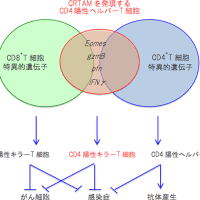
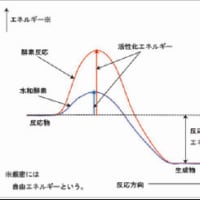

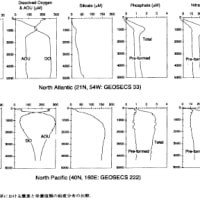
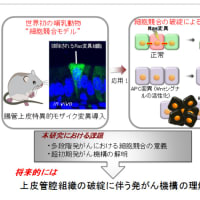
※コメント投稿者のブログIDはブログ作成者のみに通知されます